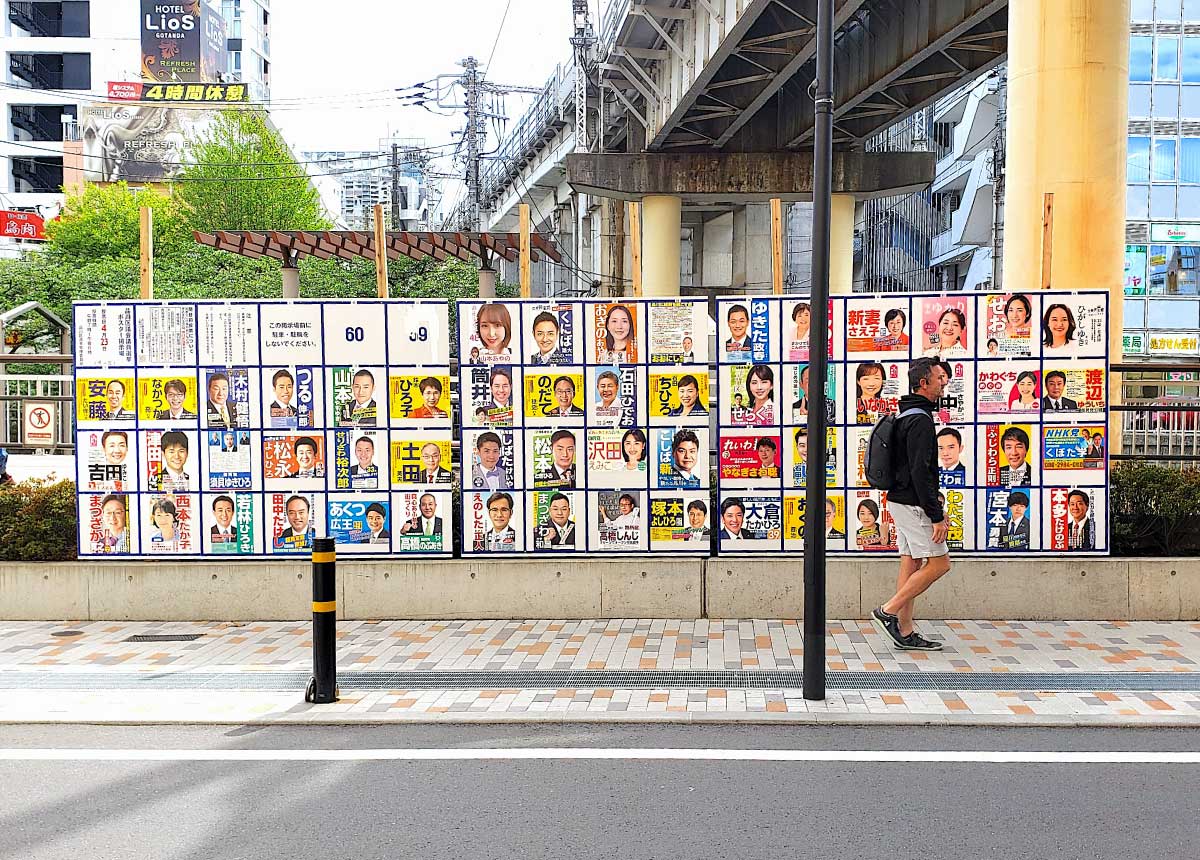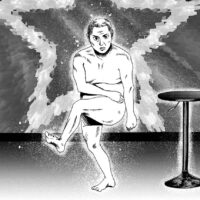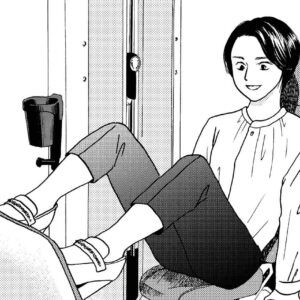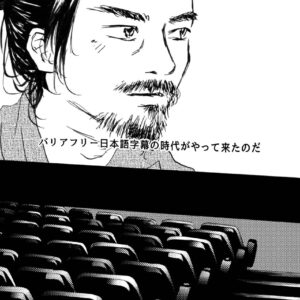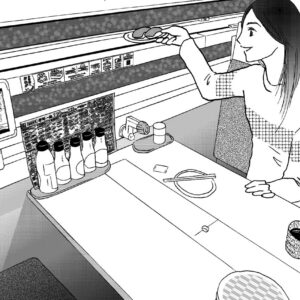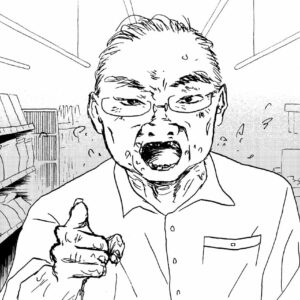Today, people all over the country are going to the polls to vote. These are elections to determine the councilors and mayors of the areas where voters live, with the aim of increasing public interest in local elections.
How does the city change during election periods in your country?
In Japan, posters for candidates are placed on official bulletin boards. You can see a list of candidates in your area with their face pictures.
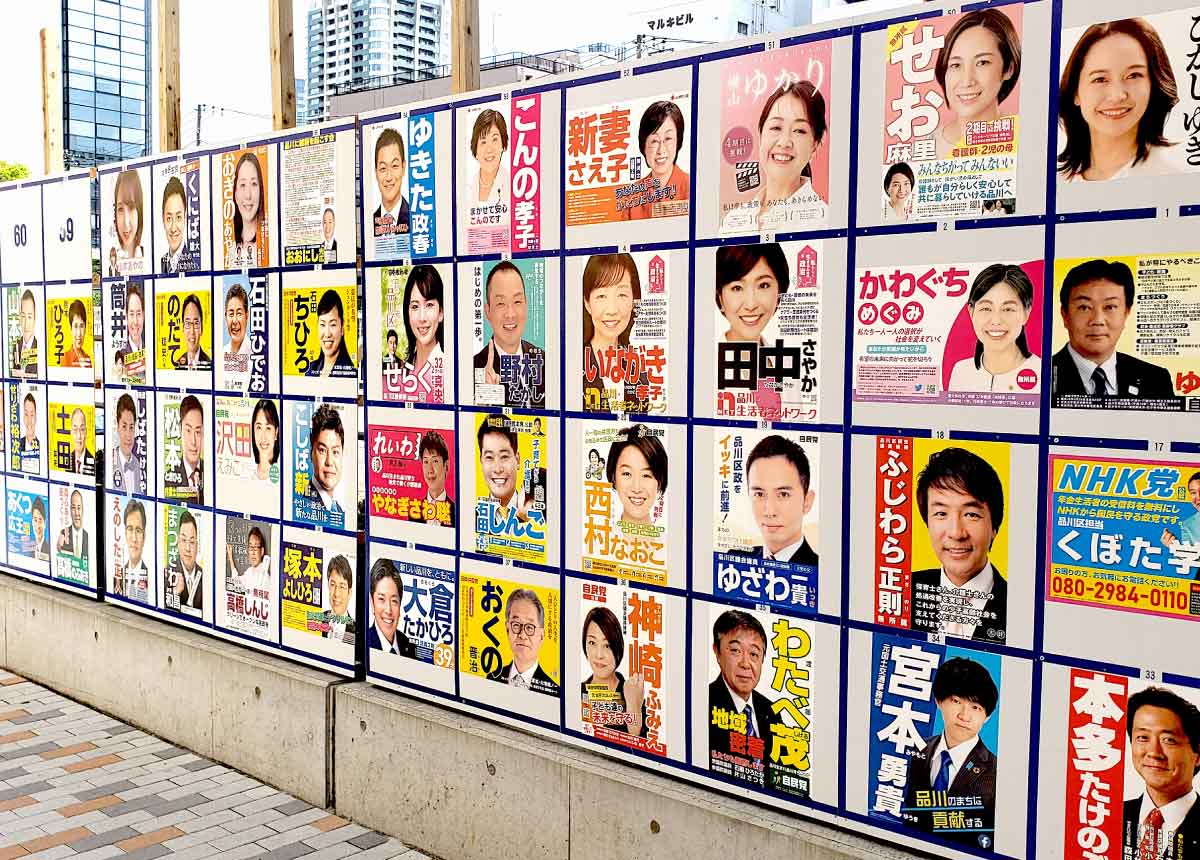
And candidates install loudspeakers in their cars and tour the city calling out their names. Their goal is to just make their name known. In recent years, mothers who put their kids to bed and employees who work from home have found this activity to be “noisy.”
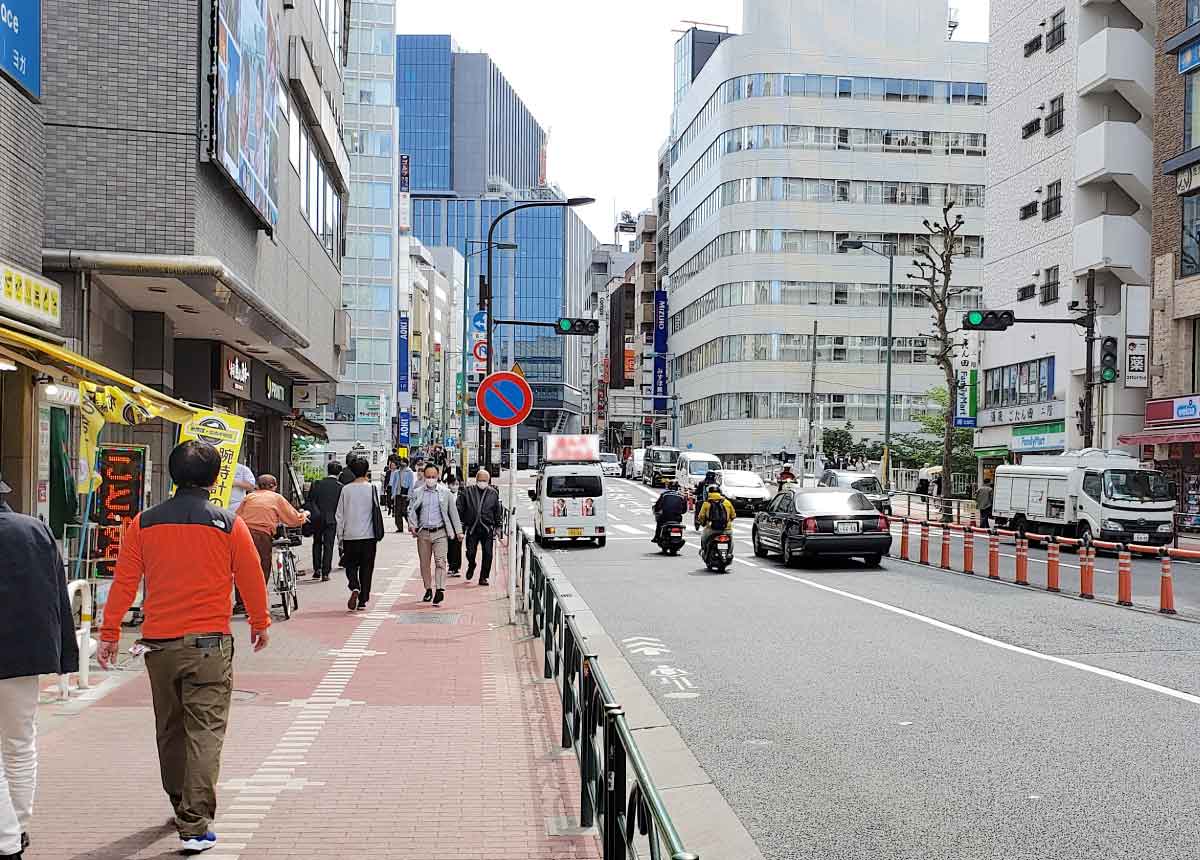
In 2013, the use of the Internet to reach voters was legally approved. More and more candidates use youtube and social networking sites. We will see more new styles of approach to voters by candidates in the future.
Voter turnout in Japanese elections is approximately 30-40%. This may be an indication that the people are not particularly dissatisfied with the current situation and that the country is stable.
A survey by the Ministry of Internal Affairs and Communications (MIC) asked those who did not go to the polls why they did not vote, with the following results:
■ Unable to vote on Election Day because the area where they are entitled to vote is different from where they currently live.
■ No interest in elections
■ Going to the polls is a hassle.
MIC continues to devise ways to encourage the public to participate in elections. In 2016, the voting age was lowered to 18. Young people are expected to participate in politics.



